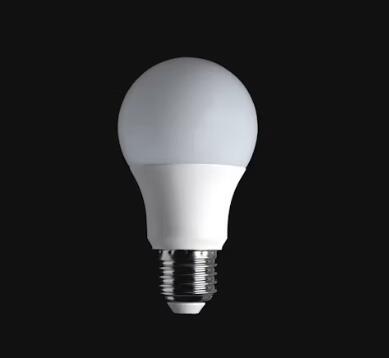Analyzing the Operational Characteristics of LED Bulbs in Harsh Temperature Conditions
2024-03-05
Introduction:
In the realm of lighting technology, LED bulbs have emerged as a prominent solution, renowned for their efficiency and longevity. However, concerns regarding their performance in extreme temperatures persist among consumers and industry professionals alike. In this analytical discourse, we delve into the nuanced aspects influencing the operational dynamics of LED bulbs under harsh temperature conditions, aiming to elucidate their behavior and dispel misconceptions.
Exploring LED Bulb Technology:
LED (Light Emitting Diode) bulbs represent a paradigm shift in lighting technology, characterized by their semiconductor-based illumination mechanism. Unlike conventional incandescent or fluorescent bulbs, LEDs emit light through the movement of electrons within a semiconductor material. This innovative approach not only facilitates energy efficiency but also imbues LED bulbs with resilience and adaptability across diverse environmental settings.
Factors Impacting LED Performance in Temperature Extremes:
The performance of LED bulbs in extreme temperatures is contingent upon several key factors, including:
1. Thermal Management: The efficacy of LED bulbs is intricately linked to their ability to dissipate heat efficiently. Extreme temperatures, particularly cold environments, can challenge this thermal management system, potentially affecting the overall performance and longevity of the bulbs.
2. Material Properties: The materials comprising LED bulbs, including the semiconductor chip, phosphor coating, and housing, exhibit varying responses to temperature fluctuations. Understanding the thermal conductivity and coefficient of expansion of these materials is paramount in assessing their behavior under extreme conditions.
3. Electrical Characteristics: Temperature influences the electrical properties of LED bulbs, such as forward voltage and junction temperature. Cold temperatures may impede the flow of current through the semiconductor junction, leading to delays in start-up time and fluctuations in light output.
4. Environmental Factors: Factors such as humidity, moisture ingress, and exposure to thermal shocks can exacerbate the effects of extreme temperatures on LED bulb performance. Proper sealing and encapsulation techniques are crucial in safeguarding the internal components against adverse environmental conditions.
Comparative Analysis with Traditional Lighting Technologies:
In comparison to traditional lighting technologies, LED bulbs exhibit superior performance and resilience in extreme temperatures. Incandescent bulbs, notorious for their inefficiency and susceptibility to temperature fluctuations, pale in comparison to the robustness of LED counterparts. Similarly, fluorescent lamps may experience diminished performance and reliability under extreme cold conditions, underscoring the advantages of LED technology in adverse environments.
Strategies for Optimizing LED Bulb Performance in Extreme Temperatures:
To maximize the efficacy and longevity of LED bulbs in harsh temperature conditions, stakeholders may consider implementing the following strategies:
1. Utilize High-Quality Products: Invest in LED bulbs from reputable manufacturers renowned for their adherence to stringent quality standards and robust design principles.
2. Employ Thermal Management Solutions: Incorporate thermal management solutions such as heat sinks, thermal pads, and passive cooling mechanisms to mitigate the adverse effects of temperature extremes on LED bulb performance.
3. Optimize Fixture Design: Design luminaires and fixtures with considerations for thermal dissipation and environmental protection, ensuring optimal performance and durability in diverse operating environments.
Conclusion:
The operational performance of LED bulbs in extreme temperatures is a multifaceted subject, influenced by a myriad of technological, environmental, and material factors. While challenges exist, the inherent resilience and adaptability of LED technology position it as a formidable contender in adverse conditions. By leveraging insights into thermal management, material science, and electrical engineering, stakeholders can harness the full potential of LED bulbs in even the most challenging of temperature environments, reaffirming their status as the lighting solution of choice for the modern era.



